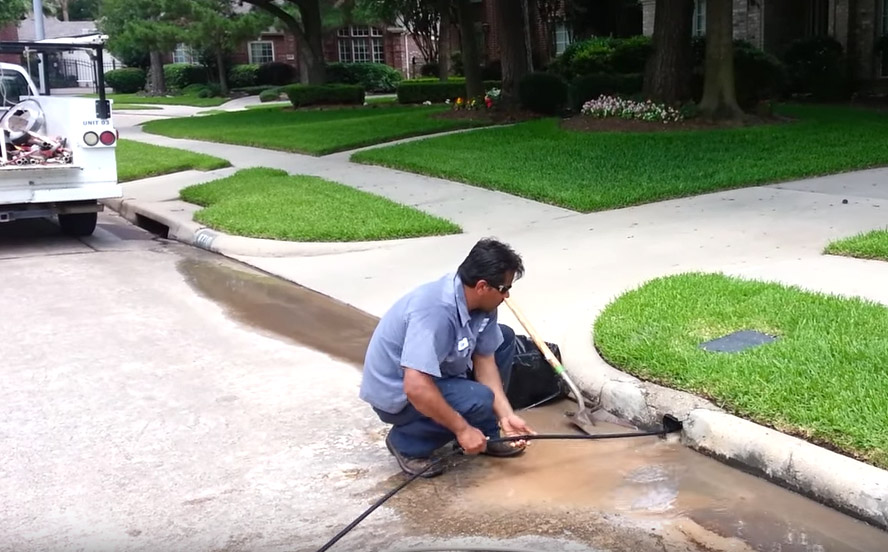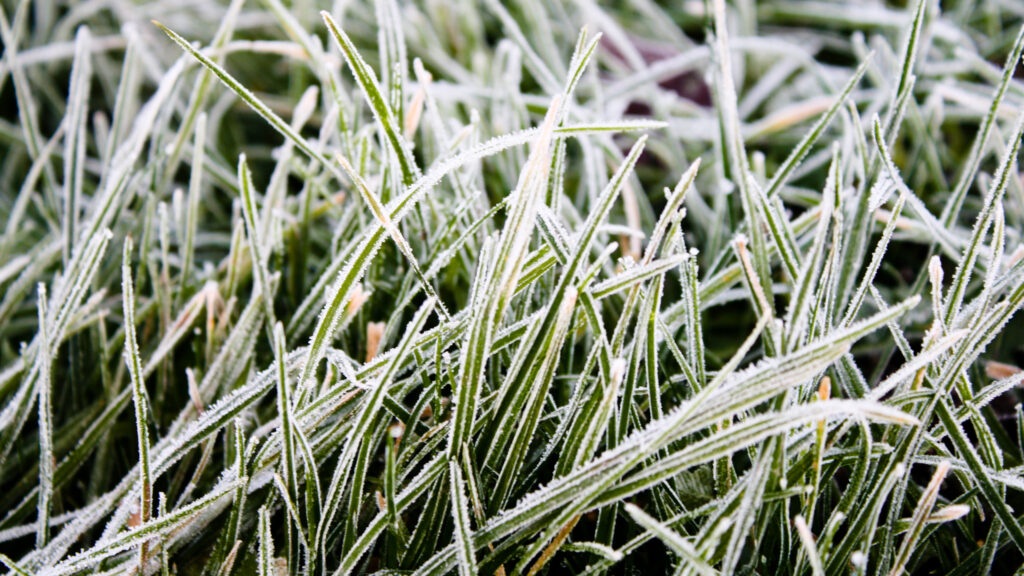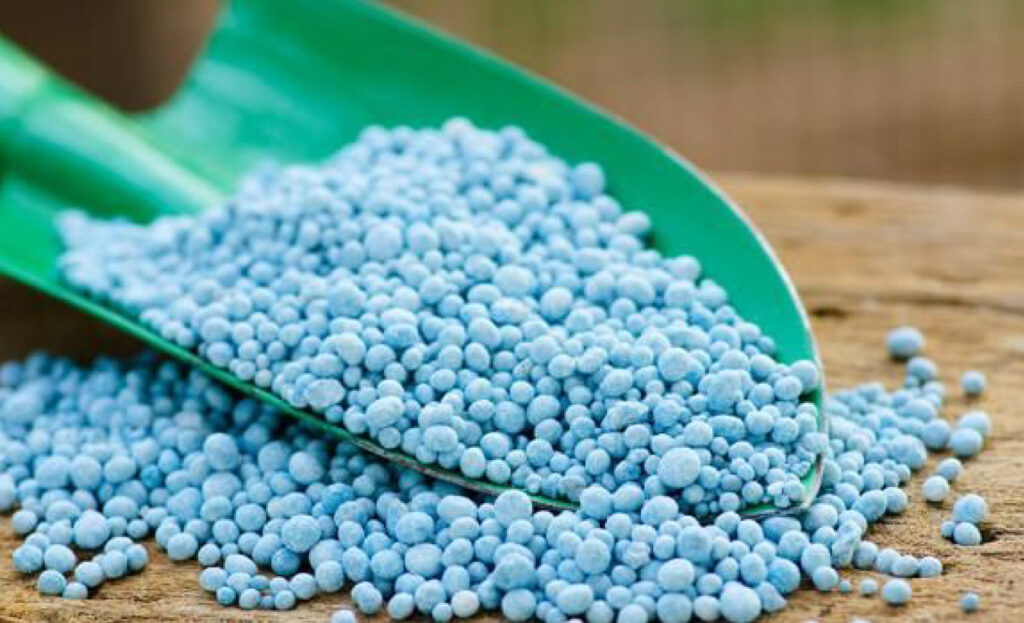Are You Ready For A Summer Pre-Season Irrigation Check?
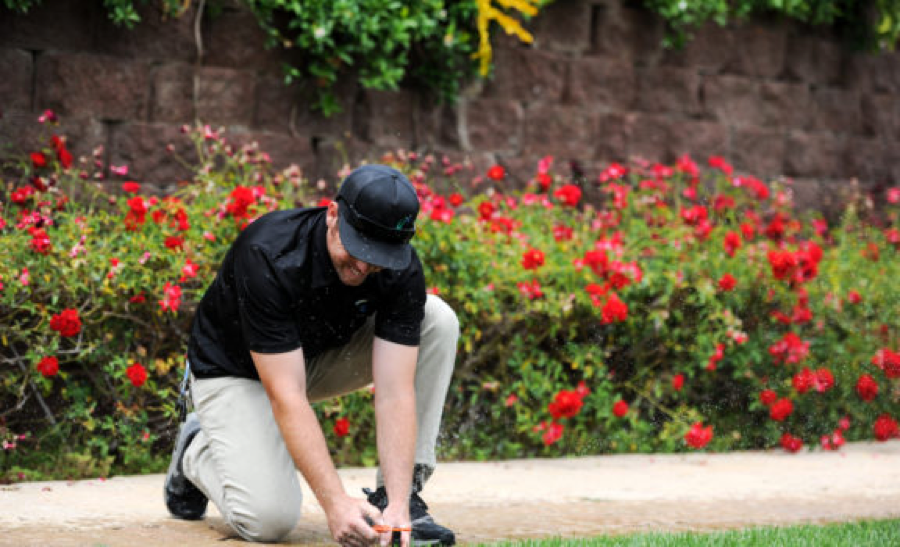
Numerous home owners and entrepreneurs know that spring is prime time for a cooling check—nobody needs to have the A/C breakdown when summer temps hit triple digits. But most individuals may not understand that it’s additionally an ideal time to complete an irrigation check.
Irrigation systems across the nation are relied on during the hot summer months to keep landscapes alive and healthy, so a spring inspection can keep your system free of irrigation issues when you should be enjoying your outdoor spaces.
Following these irrigation checks can help prevent problems and even help save water this summer.
1. THE WATER BILL
The first sign of any major problem can show up on the water bill. Does it seem high compared to the previous month or year? Is it comparable to others in the neighborhood?
Are you concerned about how much water you are using? Are you interested in potential water-saving solutions?
2. DO A WALK AROUND
Are there signs like soggy turf or erosion? Are your plants and grass healthy? A quick walk around the property can help reveal any obvious leaks or issues.
3. INSPECT EACH IRRIGATION ZONE
Head to the controller and run and inspect each zone, one by one. Check for missing or clogged emitters, or sprinklers that are broken or out of alignment.
If you see any odd spraying that could indicate broken or chipped nozzles.
4. CHECK FOR WATER PRESSURE PROBLEMS
If the water use is high, but the turf seems dry, low water pressure may be an issue.
A rainbow that appears as the zone is running can be telltale sign of high pressure. Spray heads are meant to run at max of 30 PSI and will begin to fog or mist at higher pressure. Pressure regulating spray bodies or rotors, or another device may be necessary to get the pressure right.
5. CHECK THE IRRIGATION SCHEDULE
It’s always good to double check the watering schedule.
If a controller was left to its default settings after a power outage, someone meddled with the settings or there were any recent site changes (new plants or removals), then adjustments may be necessary.
To get the right watering schedule dialed in, make sure you understand the irrigation controller, system outputs, plant water needs, and soil type.
6. DOUBLE CHECK THE DRIP
It’s smart to check out the drip filter, even if it was cleaned at the start of the season. If it’s loaded up with debris, you may need to clean the filter more frequently.
Pay special attention to drip irrigated areas. When water is applied more slowly, it can be more difficult to tell when overwatering is occurring, so check the area for signs.
7. A QUICK WIN TO SAVE WATER
Most spray heads are really inefficient, with a distribution uniformity (DU) of 40 percent, meaning only 40 percent of the water gets to the plants roots. The problem is how fast they put out water.
Hurricane Harvey put sixty inches down in some parts of Texas over 72 hours. That’s a precipitation rate of 0.83 inches per hour. Most fixed sprays apply water at twice that rate.
This usually leads to ponding, runoff and a lot of wasted water. Swapping fixed spray heads with high-efficiency fan-spray or rotary nozzles can double the efficiency on most systems, saving hundreds of gallons each week. In most cases all you have to do is change the nozzle.
In the meantime, make sure any spray nozzles are scheduled for short run times with delays in between to allow water to soak in, not run off.
High-efficiency fan-spray or rotary nozzles water more slowly, so the water reaches its target.
JUST ASK FOR SUMMER SUCCESS!
Start the season off right with these checks by JB Irrigation to help your save water and money! Call us now to schedule a Technician out ! 281-744-6909
Irrigation Inspection Checklist
1. Ask About the Water Bill: Are there any water use concerns?
2. Walk the Property: Inspect plant health and signs of issues.
3. Inspect Each Zone: Check sprinkler alignment.
4. Perform a Pressure Check: Watch for misting and under-performing heads.
5. Check the Schedule: Adjust controller as needed.
6. Double-Check the Drip: Check filter and signs of overwatering.
7. Save Water: Upgrade sprinkler nozzles to high-efficiency models.
Related Articles
Do You Have Slow Or Clogged Yard Drains? Here’s How To Fix Them.
Yard drains and driveway drains help remove rainwater from your property into the storm sewer or other…
Sprinkler Freeze Alert For The Houston Area
The temperature is expected to plunge in the Houston area for most of this week. Starting on…
High Temperatures Expect Throughout The Week – It’s Time To Service Your Sprinkler System
The Houston area is expecting temperatures to rise to the mid-nineties throughout the week. Hight heat can…
How to Prevent Fertilizer Burn During the Summer
During the warm summer months, everyone wants to enjoy their lawns. Unfortunately, the summer heat can also…
